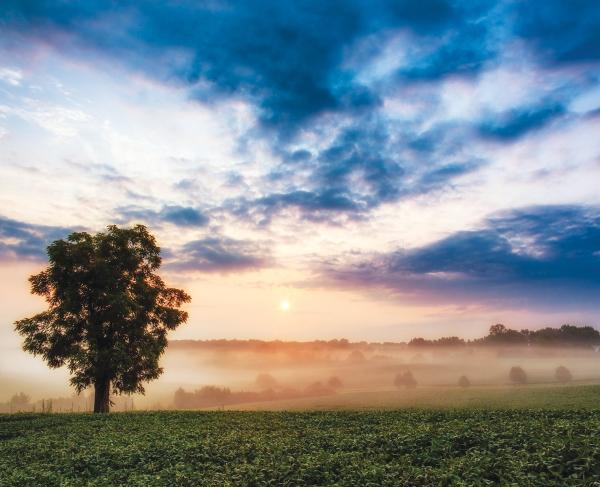Preservation at Brandy Station
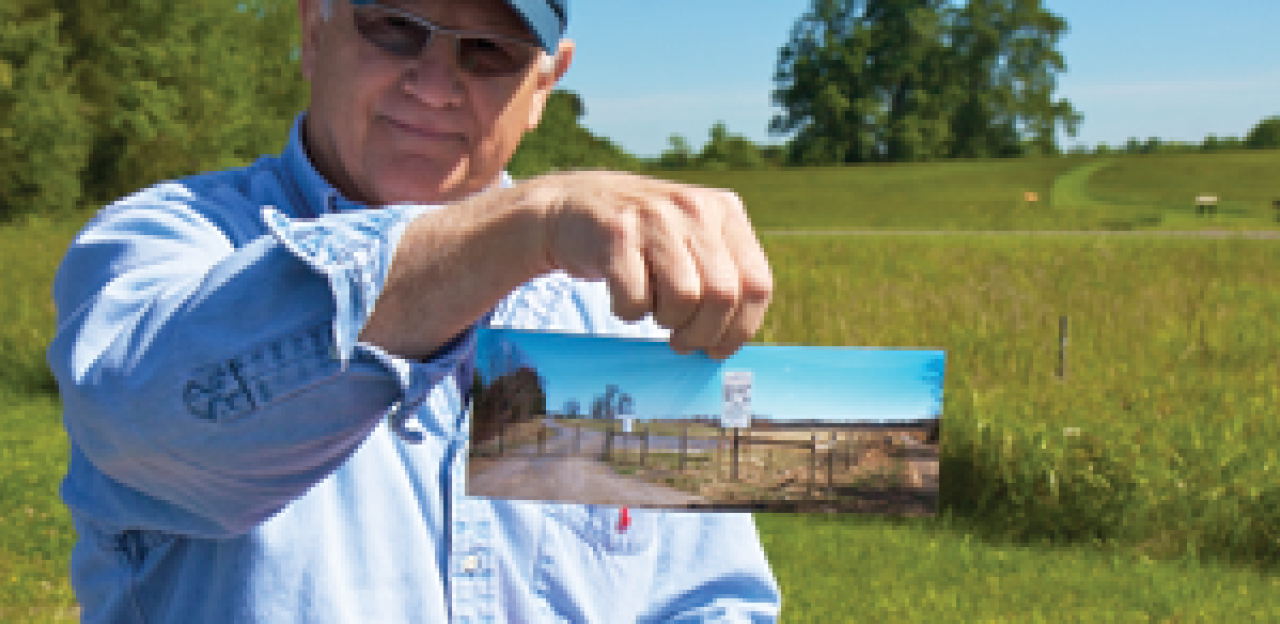
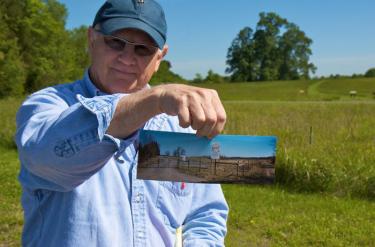
On June 9th, 1863, the largest cavalry battle of the Civil War raged around Brandy Station, Virginia. Thousands of troopers fought and died while wrestling for control of this crucial section of the countryside. The rural nature of the battlefield means that much of it looks the same as it did 150 years ago, but in recent decades modern development has threatened this hallowed ground. One hundred years after the battle, modern development began to intrude upon the periphery of the battlefield. Since then, the Civil War Trust and its partners have worked tirelessly to prevent further development and have seen many successes in recent years.
The first big threat to the Brandy Station battlefield came in the early 1990s, when 1,500 acres of the battlefield were rezoned for commercial development. Around this time, a proposal was put forward to build a Formula One racetrack at the heart of the battlefield. Local preservationists banded together to stop the project, and thanks to the efforts of Brandy Station Foundation and the Civil War Trust’s predecessor organization, the Association for the Preservation of Civil War Sites (APCWS), the racetrack was never built.
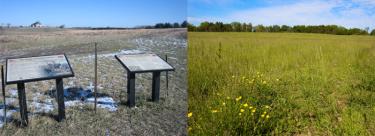
The fight over the racetrack demonstrated the vulnerability of this crucial battlefield and the importance of preserving it further before it was too late. In 1997, the ACPWS was able to purchase a 571-acre tract in the northern part of the battlefield. This ensured that the strategic command point known as Buford’s Knoll, from which General John Buford directed his forces against those of Brigadier General W.H.F. “Rooney” Lee, was preserved forever. This early success helped drive momentum for further preservation efforts on this battlefield.
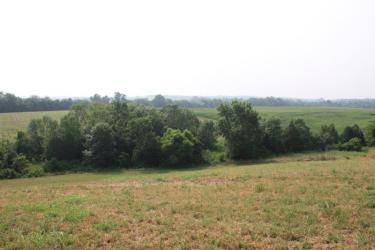
While the Battle of Brandy Station raged across thousands of acres of the Virginia countryside, the key to the battlefield was Fleetwood Hill. This was the site of General J.E.B. Stuart’s headquarters. Thousands of troopers engaged in fierce combat at close quarters in an attempt to claim this crucial strategic position. In 2008, the Civil War Trust took its first steps toward preserving this land, acquiring not one, but two crucial tracts on both sides of the hill. For the first time in 150 years, the land where Stuart’s cavalry faced off against General David Gregg’s Union troopers for control of the Virginia countryside had been at least partially preserved. But there was much more work to be done.
In 2009 and 2010, two landowners donated conservation easements on their land to the Commonwealth of Virginia, ensuring the preservation of 782 acres. These easements permanently prevented any kind of development on two tracts, including a large section of the battlefield north of Fleetwood Hill. One of these tracts included the stone wall that Rooney Lee’s Confederate troopers used in their defense against Buford. Preserving this land not only prevented the destruction of this hallowed ground, but also connected two major pieces of the battlefield.
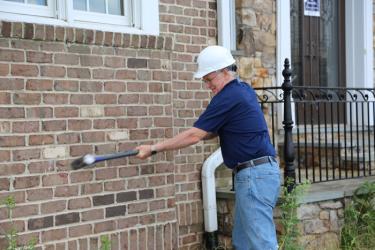
Still, one particular feature continued to disrupt this historic landscape - a large, modern home on the crest of Fleetwood Hill. Thankfully, the landowner was open to preserving this land for future generations, and in 2013, the Civil War Trust was given the opportunity to purchase a key 56 acre parcel on the crest of Fleetwood Hill, site of some of the bloodiest fighting on June 9, 1863. Thanks to the efforts of our members, the American Battlefield Protection Program, the Commonwealth of Virginia, and the Central Virginia Battlefields Trust, this land was reclaimed, and efforts began to restore the hilltop to its wartime appearance. The modern structures were demolished in 2014, and today this section of Fleetwood Hill is well on its way to looking like it did 150 years ago, ensuring that future generations can appreciate this historic landscape without interruption.
Of course, even after so many successes, the Civil War Trust’s preservation work at Brandy Station is not finished. A further 33 acres - the “bookends” of Fleetwood Hill - are now under threat. Men charged across these tracts of land on their way to the crest of the hill and withdrew across them when fortunes turned against them. It was on or near this land that Lt. Col. Percy Wyndham fell wounded and on this land that many good men were buried where they fell. To learn more about this hallowed ground, and to help us save it forever, click here.
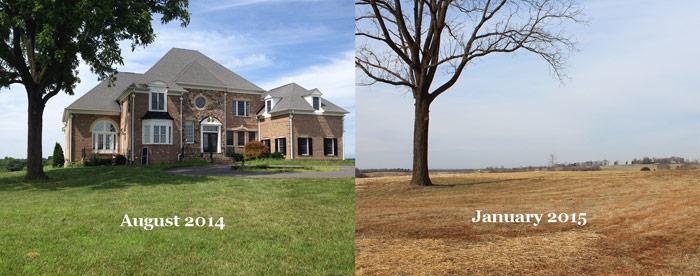
This will be the only chance we will ever have to protect these 97 acres at Brandy Station, and the other 7 acres near Cedar Mountain, and we urgently...
Related Battles
866
433


